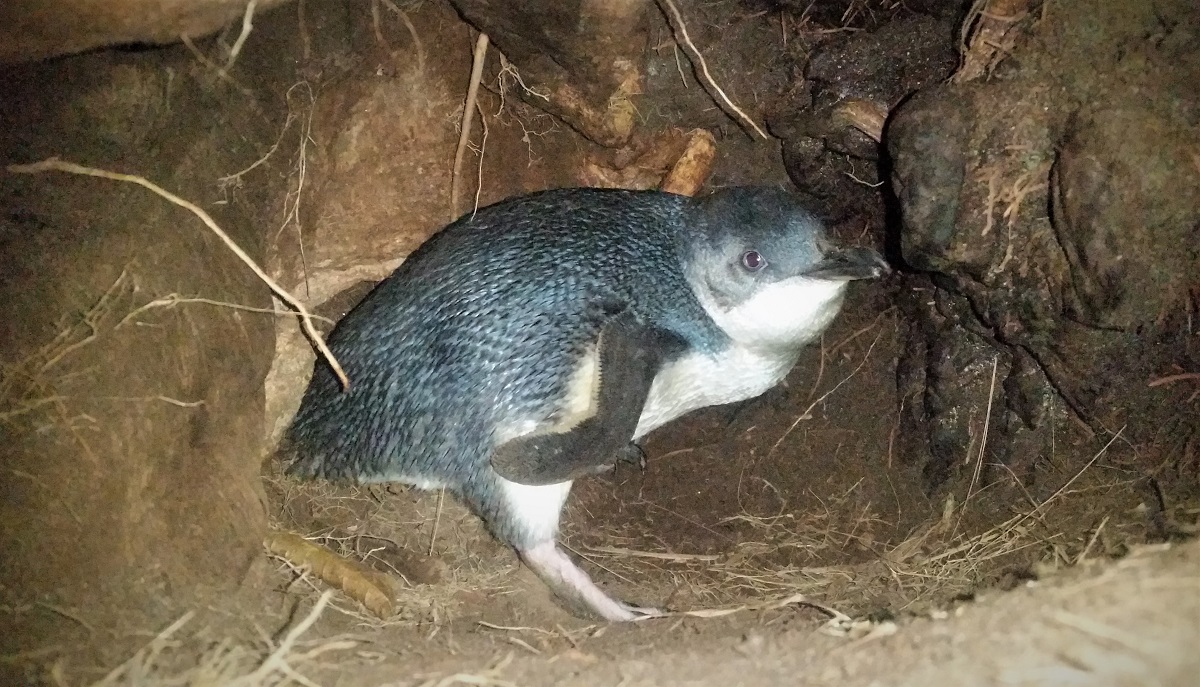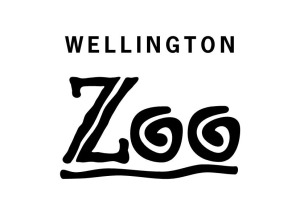
Science is at the heart of our work
Under the direction of former Lincoln University ecologist, Trust Scientist and former Chair, Kerry-Jayne Wilson MNZM, science underlies all the the Trust does. The Trust began by determining the role of stoat predation on the apparent decline of blue penguins in the Buller area.
 Stoat traplines were established around three colonies, while two others were left un-trapped, and then nests were monitored for breeding success. After five years, it was clear that the breeding success was not improved by stoat trapping and just a couple of incidents of predation by a stoat were recorded.
Stoat traplines were established around three colonies, while two others were left un-trapped, and then nests were monitored for breeding success. After five years, it was clear that the breeding success was not improved by stoat trapping and just a couple of incidents of predation by a stoat were recorded.
At the same time, working with the Department of Conservation, a blue penguin mortality database was established. This showed that the vast majority of dead blue penguins reported to the Trust or to DOC, around 60-70% depending on location, were being killed on roads close to the coast. The second largest killer of penguins on land was dogs.
This was compelling evidence to focus our efforts on preventing penguins being killed on the roads and by dogs. Read more about the penguin protection fence project here.
Ensuring that penguins are safe from dogs is an on-going challenge, one that the Trust has attempted to address in a variety of ways, and work is continuing in collaboration with the Department of Conservation and the three District Councils.
In the meantime, monitoring of penguin colonies was expanded to include other sites in the Buller area and we now maintain the monitoring of two colonies on a fortnightly basis throughout the breeding season and twice yearly for the other colonies. Long term data is invaluable for improved understanding of the species and could alert us to major issues.
Burrowscopes
Monitoring is undertaken using burrowscopes. These are small cameras on the end of a 2m flexible tube, sending images back to a monitor. The camera can be gently inserted into a burrow, often quite deep underground, to establish whether eggs or chicks are present with minimal disturbance for the penguins.
In addition to the Buller monitoring, the Trust has carried out surveys of Okarito penguins in 2008, 2013 and again in October 2018. The colony south of Okarito is generally well away from human disturbance and numbers appear to be steady.
What’s happening now
Masters student Luisa Salis-Soglio is currently reviewing all the data monitoring date to and including 2019, aiming to establish any trends, as well as any links to knowledge of foraging patterns established through our GPS study.
After a disappointing breeding season in 2019 with chicks lost to starvation, the 2020 season was been far better, with breeding success at 66.7% at one site (numbers of chicks fledged from eggs laid) and an excellent 89.6% at the other.
The 2021 breeding season was outstanding, with chicks fledging from 82% and 93% of eggs laid from the two colonies monitored fortnightly. Read about the 2021 season here.
Sadly, the 2022 season was again a poor one, with chicks fledging from only 35% of eggs laid. Read a season report here.
Nest box design
In areas where weka are present, they will try to predate penguin chicks. Nest box design is critical and we have provided a design that aims to minimise the risk of predation by weka. Read more and find the design here.


























